March Is National Nutrition Month
Published: March 1, 2020
When we think about healing from an injury or surgery, managing health conditions, or improving our emotional health, we might not put improved nutrition at the top of our to-do list. But experts tell us that eating well improves our health in many ways! A good diet helps us control:
- Heart disease
- Chronic obstructive pulmonary disease (COPD)
- Hypertension (high blood pressure)
- High cholesterol
- Diabetes
- Osteoporosis
- Dementia
- Digestive disorders
- Cancers
- Kidney disease
- Obesity
- Inflammation
Dietitians help people plan a healthy diet that takes into account not only which foods are good for us, but also our taste preferences, our cultural eating traditions, and our budget.
What can we do to improve our diet right away?
Ask for a prescription from your doctor or a dietitian. While the basics of good nutrition are about the same for all adults, an individual eating plan should be tailored for our age, health conditions, allergies and so forth. This also might include special diets, such as low-fat, low-salt, high-fiber, diabetic, or with foods that are specially prepared to accommodate difficulties in chewing and swallowing.
Eat a diet with lots of variety. Choose plenty of fruits, veggies, whole grains, healthy fats, low-fat dairy, and healthy proteins such as lean meats, seafood, beans, nuts, and seeds.
Read food labels. Unprocessed food is best—but if you’re choosing canned, frozen or packaged products, scrutinize the nutritional information before purchasing to learn what you’re getting.
Choose healthy fats. We need a certain amount of fat in our diet, but not all fats are created equal. Select monounsaturated and polyunsaturated fats instead of saturated fats. Completely avoid foods containing trans fats.
Limit sodium. Most of us eat far more salt than we need, and this raises our risk of a host of health conditions. Ask your doctor what your limit should be. Take the salt shaker off the table, don’t salt food as you’re cooking, and always check for sodium level on food labels.
Cut back on added sugars. Our species evolved to crave sugar, and years ago, it was a rare commodity. But in our modern society, most of us get way too much sugar in our diet! This is another area where reading food labels can help.
Practice portion control. Learn what really constitutes “one serving” of that entrée or dessert. And did you know that switching to a smaller plate can help us lose weight over time? Experts say it’s possible to reset our “portion sense.”
Be mindful when dining out. We might count calories and watch our eating carefully at home—and yet, throw caution to the wind when we go to a restaurant! Watch your portions, ask for nutritional information, avoid fried foods, be sure some veggies are included in your meal, and feel free to resign from the “clean plate club”—ask for a doggy bag instead
Get more exercise. If the old joke “I get plenty of exercise lifting my fork up and down at the table!” is true for you, remember that physical activity is an important partner to good nutrition. It’s so intertwined that the USDA added a little stick figure climbing the “food pyramid” graphic to acknowledge the role of physical activity in maintaining a healthy weight.
Don’t worry if you slip from time to time. Developing healthy eating patterns is a process, and it takes time for us to adjust. But when we do, healthy food will taste better! People who cut back on salt and sugar report that soon they are better able to taste more subtle flavors of foods—and packaged foods taste just too salty or overly sweet.
The information in this blog post is not intended to replace the advice of your healthcare provider. Talk to your doctor or a dietitian about a diet that is right for you.


